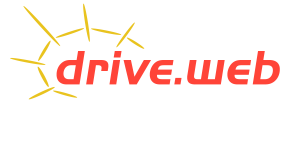drive.web
advantages over PLCs
|
drive.web
|
PLC
| |
| System Performance | drive.web uses TCP/IP over Ethernet in a peer-to-peer distributed control configuration. The network and control processing is done in each node (drive or other control device) and as more nodes are added to a system, the processing capacity increases proportionally. A high bandwidth is maintained regardless of the size or complexity of the system. | PLCs use a central processing (CPU) concept that treats the nodes (drives and other control devices) as dumb remote i/o components. As more nodes are added to a system the CPU burden is increased and the bandwidth deteriorates. |
| Graphical Signal Flow Diagram Option | Showing point-to-point connections with dynamic state graphics on multiple page drawings. | Not normally available. |
| Configuration Data Storage | All configuration data, including graphical signal flow diagram, is stored in each device. | Typically only compiled data is stored in the PLC. |
| Programming | drive.web is intuitive and uses clear graphical block diagram presentation of process functions. The drive.web environment incorporates libraries of full-featured, engineered function blocks for applications such as drive coordination, winder control, cut to length, spindle orientation, etc., as well as basic functions for arithmetic, logic, comparators, filters, timers, counters, etc. | Programming tools are optimized for ladder logic programming and typically only offer basic signal process functionality. |
| Flexibility & Reliability | Processing is performed on distributed controllers. If one fails, the system can stay online allowing for increased productivity and quick repairs. | All processing is performed in the PLC CPU. If the CPU fails or is shut down the entire system is shut down. |
| Multi-User Access | drive.web supports multi-user access. | Most PLCs only support single-user access. |
